
Asymmetric Returns
The Future of Active Asset Management
Recommendation
The main theme of this dense book is the future of the asset management industry. Alexander M. Ineichen claims that the investment business has undergone a paradigm shift, away from buy-and-hold and toward absolute-return investing. He explores the origins and implications of this shift in considerable detail and enjoyable prose. But, beware, this is not a book for beginners or generalists. Even close students of finance may find it difficult to follow the author's argument through his many detours and tangents (interesting as they are). Ineichen is an ardent fan of high-risk, high-leverage hedge fund investing, so his book will be controversial in the post-subprime-crisis atmosphere, where that kind of investing has fallen from grace. Ineichen quotes John Maynard Keynes as saying, “When circumstances change, I change my view. What do you do?” Published in 2007, the book references the equity market bubble of 1995 to 2000 as the most recent instance of large-scale market inefficiency, but getAbstract wonders whether the author would change his view after the much more consequential financial collapse of 2008.
Summary
About the Author
Alexander M. Ineichen, CFA, CAIA, is managing director and senior investment officer for the Alternative Investment Solutions team, a business within UBS Global Asset Management.








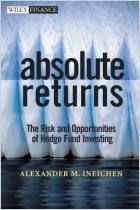

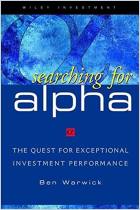
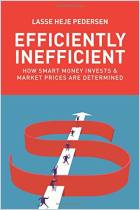
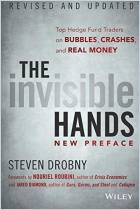

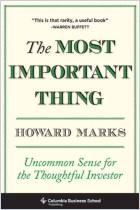


Comment on this summary or Начать обсуждение